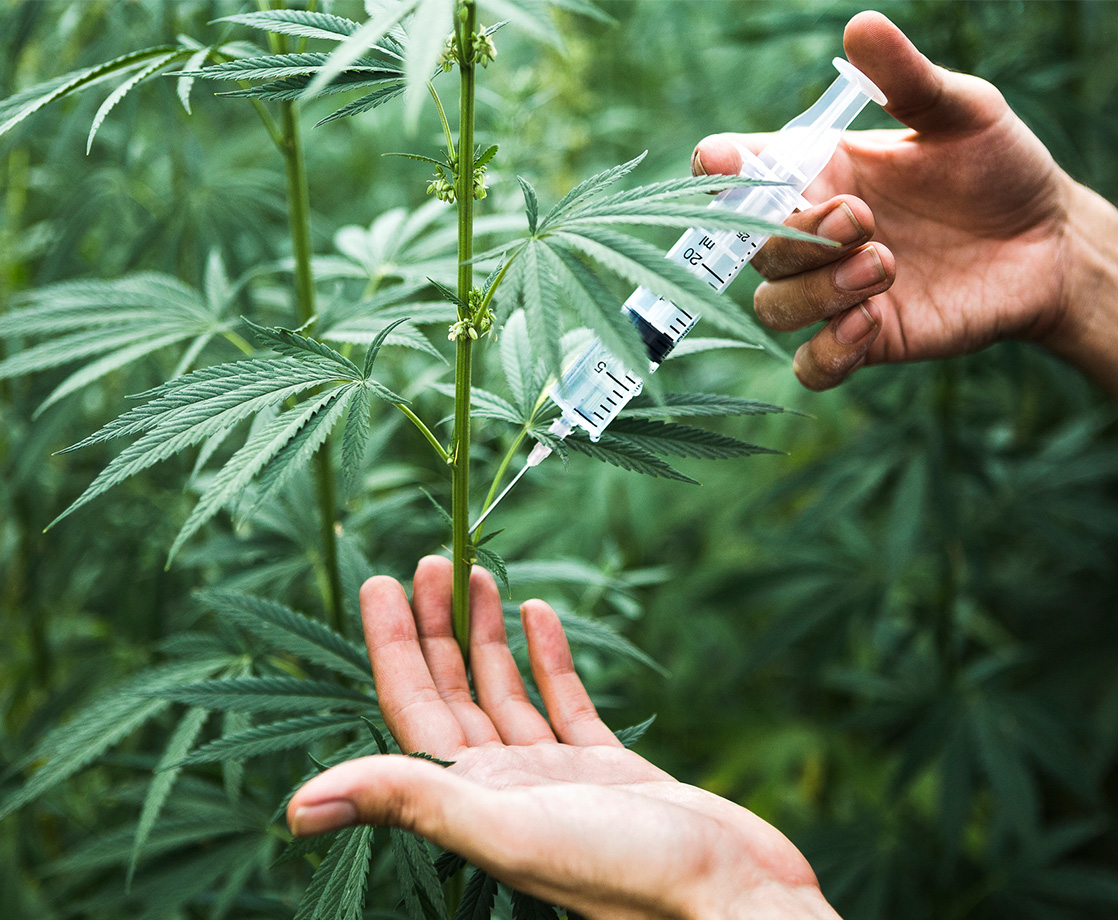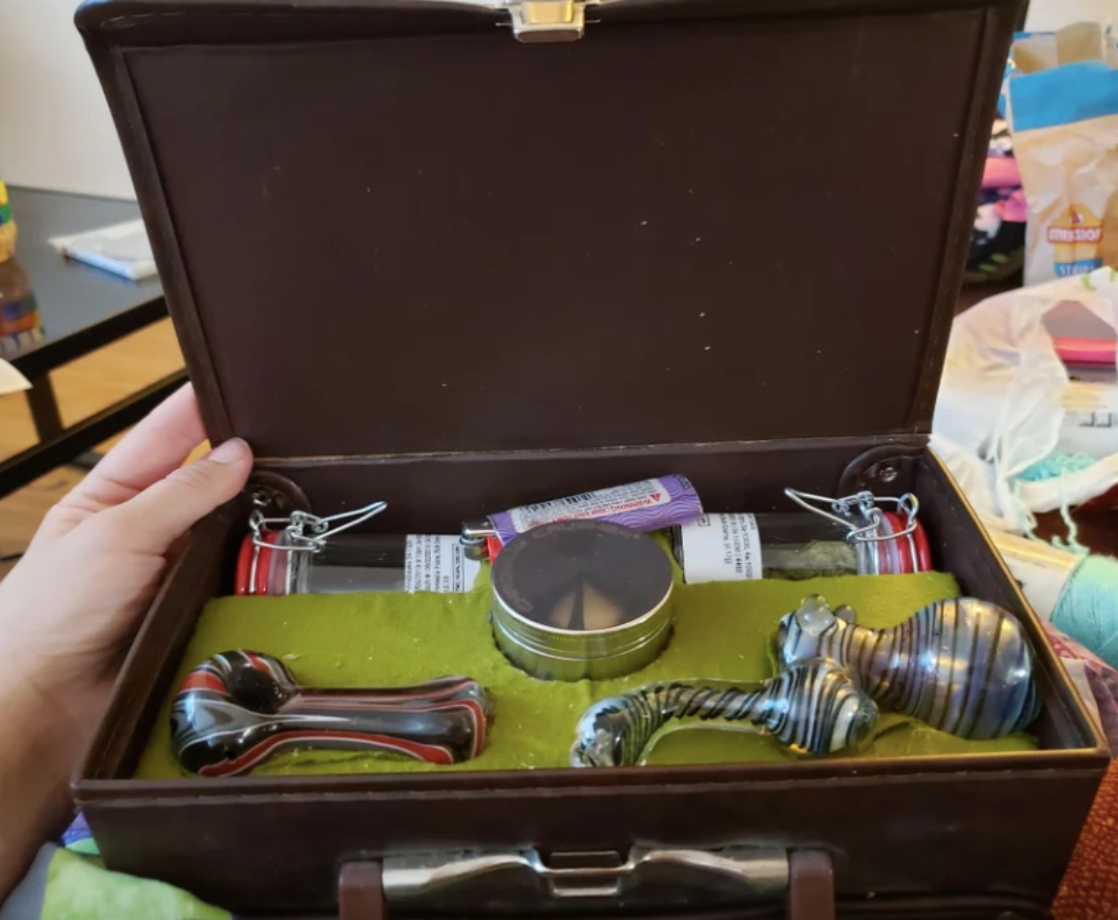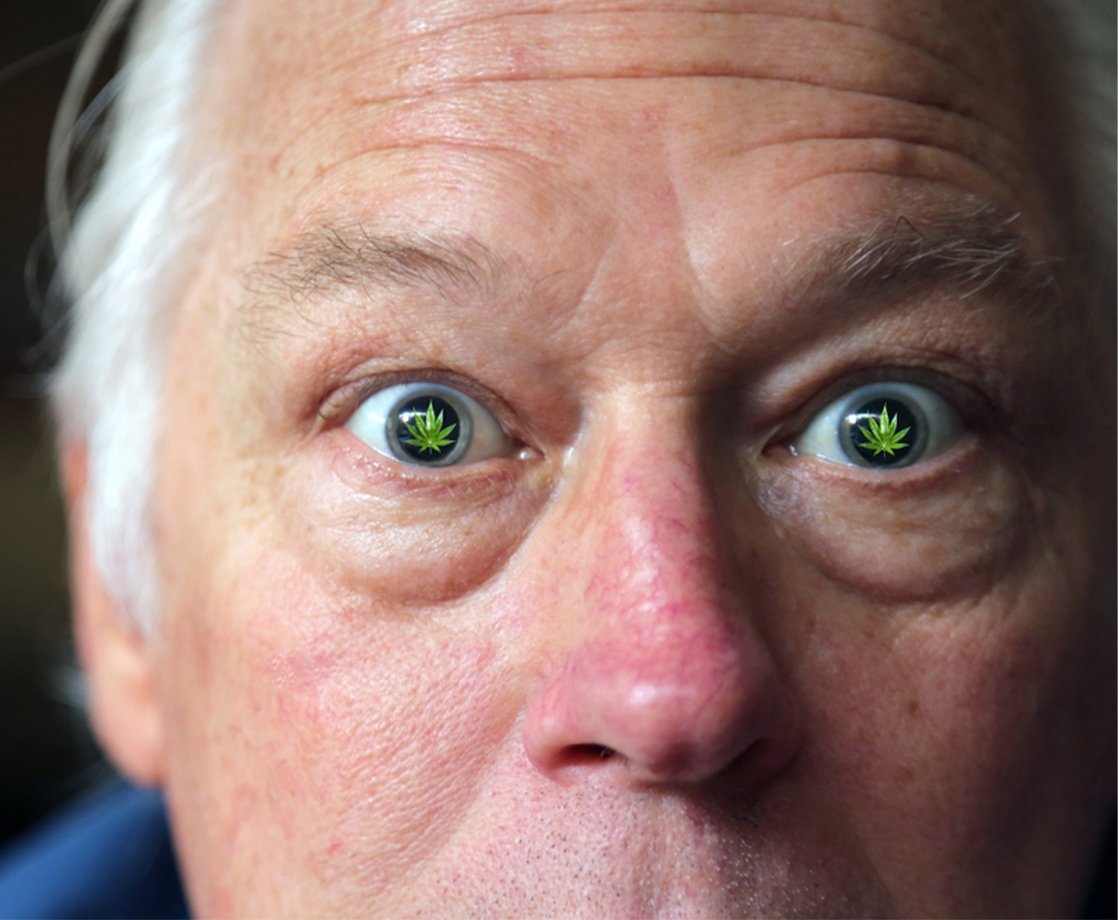After a summer focused on corralling illicit cannabis cultivation in the dense mountains of Northern California, Golden State officials claim to have found lethal pesticides at nine out of every ten black market grow sites.
According to the Associated Press, researchers at the Integral Ecology Research Center tested soil, water, and other ecological samples from backwoods cultivation sites that were raided in the past year, and found “highly deadly toxic chemicals” in 89% of the results.
As California works out regulatory kinks in its burgeoning legal weed market, hidden cultivation sites and black market grow ops have persisted, relying on unregulated chemicals and destructive farming practices to produce as much pot as possible.
“This isn’t about the marijuana, it’s about the damage that’s being done,” said U.S. Attorney McGregor Scott in an interview before a news conference announcing the findings. “What is happening here is illegal under anybody’s law.”
Lead by California Attorney General Xavier Becerra and U.S. Attorney Scott, the black market eradication effort has resulted in the seizure of more than 640,000 plants, 25,000 pounds of processed bud, and more than 60 tons of trash.
For Golden State ecological experts, the newly-released findings are a call to arms to protect local wildlife and rivers. Officials say that there has been a significant spike in the use of the pesticide carbofuran, a chemical so powerful that a “quarter-teaspoon can kill a 300 pound bear.” Often, the busted sites are so rife with contamination that clean-up crews must wait before engaging with debris.
“If they go in and there’s a certain level of toxicity, they just have to back away and then let time go by before they can safely go in and try to do the reclamation,” U.S. Attorney Scott told the Associated Press.
In addition to threatening California wildlife, waterways, and ecological clean-up crews, the deadly chemicals used to grow black market pot often make their way into the final product, which is often illegally shipped to consumers in prohibition states.And since cannabis is still illegal at a federal level, there has been a significant lack of scientific research into the potential effects of ingesting combusted chemicals like carbofuran.
So far, California authorities have finished cleaning 160 toxic cannabis grow sites this year, but there is still a list of more than 800 potentially deadly cultivation sites waiting in line for ecological help. Some of these sites were discovered eight years ago, but have not yet been cleared.
Follow Zach Harris on Twitter











